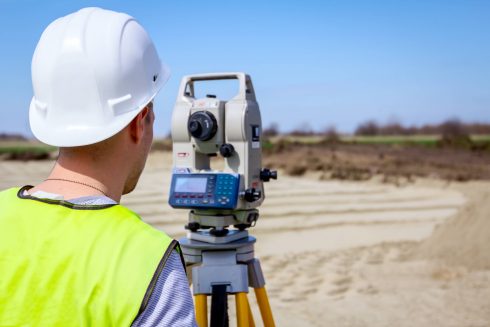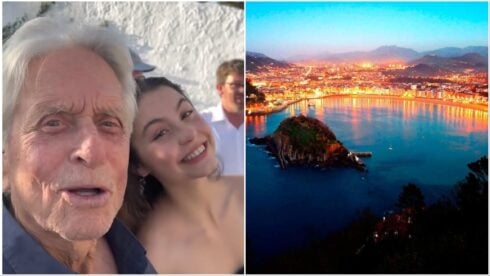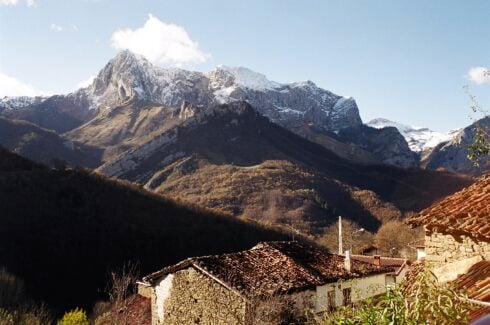Speed demons
If there’s one thing that most foreigners – whether resident or visiting – agree upon, it’s that the Spanish drive too fast. It has been, perhaps uncharitably, suggested that the Spanish love the thrill of speed just as much as the Italians, but with the latter being more skilful drivers.
So it comes as little surprise to learn this week that Constantino Garcia, a driver in Burgos, who was clocked doing 240 km/h (150 mph) on an A road has had his conviction quashed on the grounds that his actions “caused no threat to anyone’s life but his own.” It is difficult to see how driving at that speed on a public road could not endanger other lives – after all a law abiding driver doing the limit of 120 km/h would have been hit from behind at an equal speed if Don Garcia had failed to spot him in time.
It is this culture of seeming impunity that baffles most foreigners. Nowadays it is almost impossible to visit even the most tranquil whitewashed pueblo without having to leap out of the way of some speed crazed helmet-less motorbike rider (known as ‘organ donors’ by hospital medics). And what’s more, nobody seems to bat an eyelid.
Yet if Spain is to fall in line with other EU nations on traffic safety something has to change. Looking at the league table of fatal road accidents broken down by nation, Spain sits in second position in terms of fatalities, suffering around 130 per million inhabitants (Portugal sits in pole position with 148 and the UK is one of the safest with 61). These figures don’t count the newly incorporated states, such as Poland and the Czech Republic, all of whom have figures comparable to Portugal.
Although traffic fatalities in Spain have been showing a gradual decline in recent years (despite the rise of the low interest credit Seat Leon for teenagers), there are still around 5,000 people a year sent to an early grave. That’s 14 a day. This is more than 10% of all EU fatalities. Anyone who is used to driving in this country will be familiar with the somewhat stereotyped figure of the male (young to middle aged but always male) driver, hunched over the steering wheel of his over-powered BMW or Audi, only inches away from the car in front (i.e. you). The smashed roadside detritus of past accidents – bumpers, broken glass, dislocated wheels – whizzes by him in a blur. It could never happen to him!
But it does. And he could take you with him. Every week the Olive Press reads stories of horrific traffic accidents that have occurred on our roads. All too often those who die or are seriously injured are the innocent drivers or passengers who couldn’t get out of the way of the maniac driver overtaking on a bend or a stretch of road he thought he could handle. Often the victims are children. The small roadside shrines bedecked with flowers are testament to this lunacy.
The new points system hopes to reduce accidents to an acceptable rate of carnage. Drivers caught acting dangerously are being made to undergo training in order to make them aware of the risks they are taking. In a study elsewhere it was revealed that most convicted dangerous drivers had an ‘unrealistic estimation of risk’ i.e. they didn’t know that driving flat out through the centre of a town might be dangerous.
No, clearly there needs to be a culture change. After all, if the French can do it, why can’t the Spanish?
Total eclipse
Hands up who saw the lunar eclipse! Those of us who did can thank the Olive Press’ ever shining Paul Downing for alerting us to the event (and pointing out that it coincided nicely with a Saturday evening i.e. great for organising a party). Many of us earthlings have been inspired by Paul’s column to look up a bit more often and take joy in the fact that we live in one of the last remaining spots of Europe relatively free from light pollution (Granada city readers excepted!). Once you take your first look into those inky skies with a good pair of binoculars or a telescope you will be hooked. This editor would never have believed he could see Saturn, with all its beautiful rings, just hanging there looking like a special effect from Star Trek. Or the colossal craters on the moon. Or the pale blue marble that is Venus. And all for the price of a 50 euro telescope from Toys R Us! Keep up the good work, Paul.
Click here to read more News from The Olive Press.






